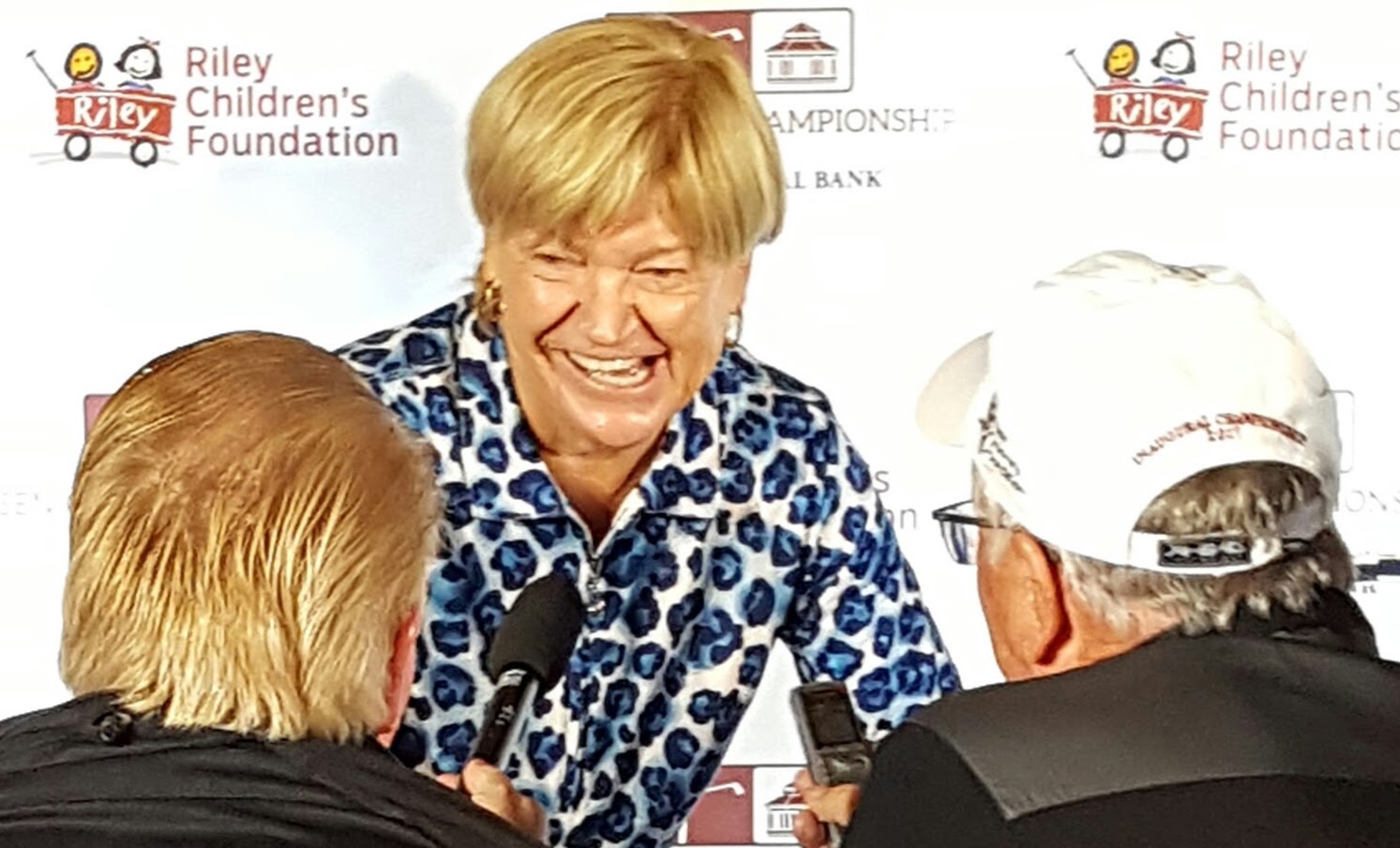Last year Highwood’s Patrick Flavin did something very special, winning both the Illinois State Amateur and Illinois Open. No player had won both in the same year since David Ogrin did it in 1980.
This year Flavin will try to do something even more special. He’ll try to repeat in both. No player has ever done that.
In fact, Ogrin, who became a journeyman on the PGA Tour with a victory in the LaCantera Texas Open in 1996, is the only other player to capture the two major state titles in the same year. Flavin became the eighth to own titles in both events, the other six having done it in different years.
Ogrin, now 60 and the director of the Alamo City Golf Trail in San Antonio, Tex., won the Illinois State Amateur at Crestwicke, in Bloomington, and the Illinois Open at Bloomington Country Club. He turned pro shortly after taking the double, and that made it impossible for him to defend his Amateur title in 1981.
Flavin, though, isn’t in any hurry to play for money. Despite completing a solid career at Miami of Ohio, where he won eight collegiate tournaments – four in his senior season, Flavin opted to spend the summer as an amateur. His tentative plans called for turning pro for the Web.com Tour qualifying school in the fall.
“Staying amateur was a no-brainer for me,’’ said Flavin. “It was incredible to win the state Amateur and state Open last year and to repeat is a huge goal of mine, though I know the fields will be strong.’’
His title defense in the 88th Illinois State Amateur will come July 17-19 at Bloomington Country Club, where Ogrin completed his then unprecedented double. Flavin’s defense in the 69th Illinois Open comes from Aug. 6-8 at The Glen Club, in Glenview, and Ravinia Green, in Riverwoods. The last putt of his Open win last year came at The Glen.
Just repeating in either tournament has been a rarity. There hasn’t been a repeat champion in the Illinois State Amateur since Todd Mitchell in 2002-03 and only five others have won back-to-back since the tournament went to a stroke play format in 1963. Illinois men’s coach Mike Small was the last to repeat in the Illinois Open. He won three straight titles from 2005-07 and was only the fourth player to win that tournament in back-to-back years.
Flavin took both his titles last year by one-stroke margins, but the Amateur was more difficult as Flavin had to overhaul Jordan Hahn, a University of Wisconsin golfer from Sugar Grove, in the 36-hole final day. In the Open Flavin owned a six-stroke lead entering the final round but former Illinois State basketball player Brandon Holtz pulled into a brief tie for the lead on the back nine.
In the end Flavin was one swing better than Holtz and two college stars, Nick Hardy of Illinois and Matt Murlick of Marquette.
Flavin has already tested the professional ranks, when he went through qualifying for the Canadian PGA Tour while retaining his amateur status. In addition to the two state tournaments his summer schedule includes the Western Amateur, starting July 30 at Sunset Ridge in Northfield; the Sunnehanna, in Pennsylvania; the Northeast, in Rhode Island; and the Trans-Miss, in Ohio. All are invitationals. He’ll also enter the U.S. Amateur.
Those tournaments will provide more seasoning for Flavin, though his play over the last year suggests he doesn’t need much of that.
“My game is solid now,’’ he said. “I know I can play at the next level.’’




